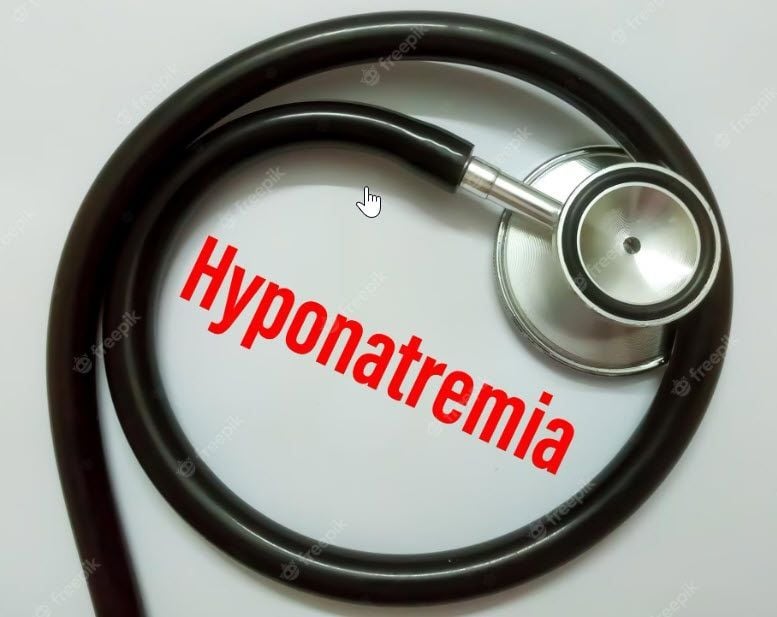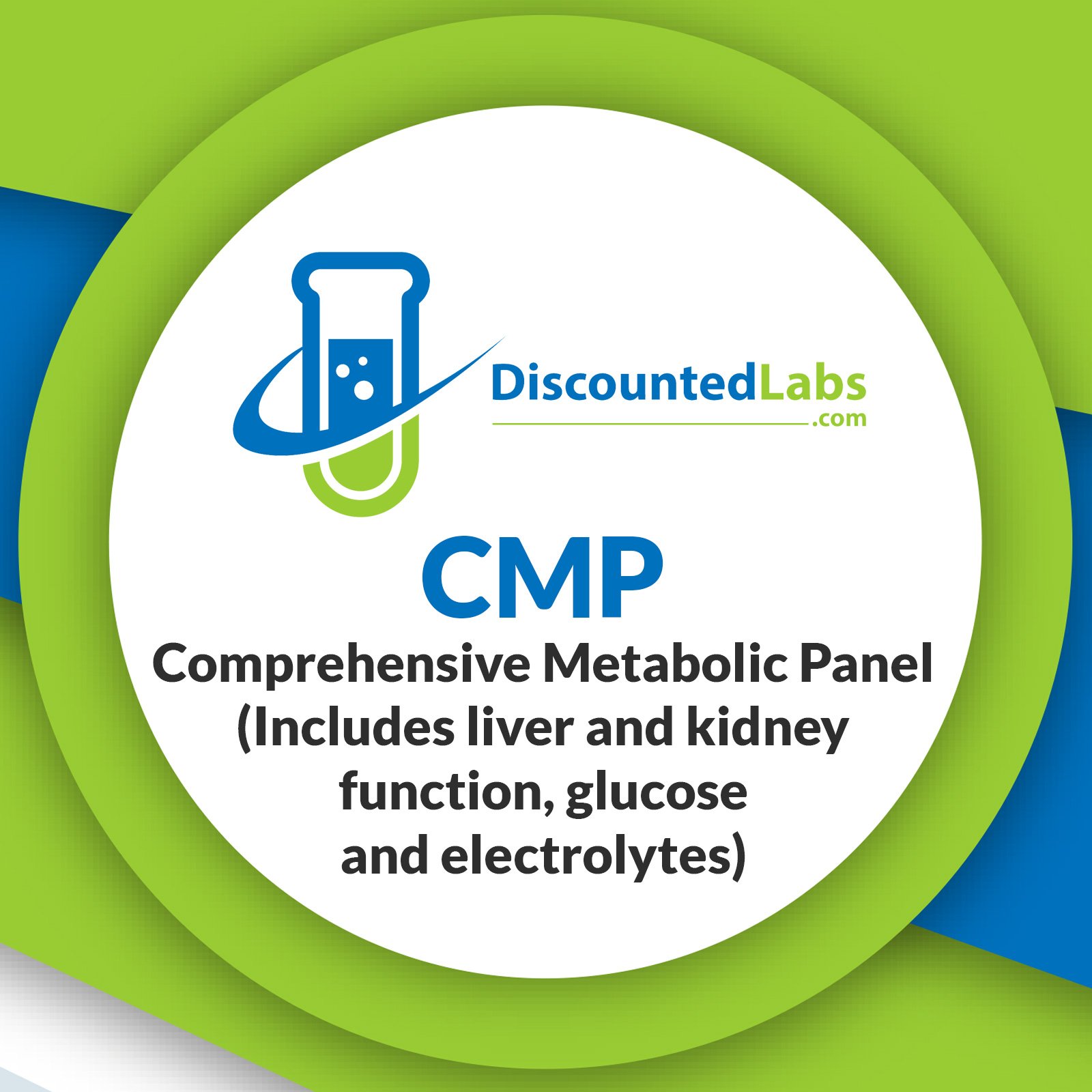Understanding Hyponatremia (Low Sodium): Causes, Symptoms, Diagnosis, and Treatment

Hyponatremia is when the amount of sodium in the blood is below what it should be. Your nerves and muscles, as well as the balance of water in your body, depend on salt. Normal sodium levels in the blood are between 135 and 145 milliequivalents per liter (mEq/L). When your blood sodium level drops below 135 mEq/L, you have hyponatremia.
When your blood doesn't have enough salt, extra water goes into your cells, making them swell. This can be dangerous, especially in the brain, because the brain can't grow bigger than the head.
Table of Contents
Introduction
Hyponatremia is a common electrolyte imbalance characterized by abnormally low levels of sodium in the blood (less than 135 mmol/L). This imbalance can result in a myriad of symptoms and complications. In this article, we delve into the potential causes, symptoms, diagnostic procedures, and potential treatment options for hyponatremia.
Causes of Hyponatremia
Several factors can cause hyponatremia, including:
Overconsumption of Fluids
An excessive intake of fluids, especially water, can dilute the sodium concentration in the blood, leading to hyponatremia1.
Medical Conditions
Diseases such as kidney disease, heart failure, liver cirrhosis, and the syndrome of inappropriate antidiuretic hormone secretion (SIADH) can disrupt the normal sodium balance in the body2.
Certain Medications
Certain medications, including some pain medications, antidepressants, antiepileptic drugs, and diuretics, can cause hyponatremia3.
Hormonal Imbalances
Conditions like adrenal insufficiency, hypothyroidism, and low cortisol levels can disturb the body's electrolyte balance4.
Elevated Vasopressin Levels
Excessive amounts of the hormone vasopressin, also known as the antidiuretic hormone (ADH), can lead to increased water retention and decreased sodium levels5.
Symptoms of Hyponatremia
The severity of hyponatremia symptoms and the rate at which they develop depend on the extent and speed of sodium loss. Symptoms may include:
- Nausea, vomiting, and loss of appetite
- Headaches, confusion, and disorientation
- Seizures, muscle cramps, and weakness
- Fatigue, lethargy, and irritability
- Swelling of the extremities, also known as edema
- Decreased urine output and increased thirst
In severe cases, hyponatremia can be life-threatening.
Diagnosing Hyponatremia
An accurate diagnosis of hyponatremia requires a comprehensive evaluation, including medical history, physical examination, and laboratory testing.
Blood Tests
Tests such as complete blood count (CBC), serum sodium levels, blood urea nitrogen (BUN), creatinine, and liver function tests can evaluate electrolyte imbalance and organ function6.
Urine Tests
Urinalysis and urine electrolyte analysis can help determine the underlying cause of hyponatremia, such as SIADH or kidney dysfunction7.
Further Investigations
In some cases, additional tests, like thyroid function tests, cortisol levels, and adrenal function tests may be conducted to uncover hormonal imbalances8.
Treating Hyponatremia
The treatment for hyponatremia depends on the underlying cause, severity of symptoms, and rate of sodium decline. Common treatment methods include:
Limiting Fluid Intake
In mild cases of hyponatremia caused by excessive fluid intake, limiting fluid consumption is often enough to restore sodium balance9.
Medication Modification
If hyponatremia is induced by medication, adjusting the dosage or switching to a different prescription may be necessary10.
Intravenous Fluids
In severe cases, intravenous infusion of hypertonic saline solution can help restore sodium levels and reduce symptoms11.
Treating Underlying Disorders
Addressing the underlying medical disorders, such as heart failure or liver cirrhosis, is crucial to effectively manage hyponatremia12.
Hormone Replacement Therapy
In cases where hormonal abnormalities are present, hormone replacement therapy might be used13.
Find out your sodium level at DiscountedLabs.com
Buy the CMP test.
References
Footnotes
-
Adrogué HJ, Madias NE. Hyponatremia. N Engl J Med. 2000;342(21):1581-1589. ↩
-
Upadhyay A, Jaber BL, Madias NE. Incidence and prevalence of hyponatremia. Am J Med. 2006;119(7 Suppl 1):S30-S35. ↩
-
Clayton JA, Rodgers S, Blakey J, Avery A, Hall IP. Thiazide diuretic prescription and electrolyte abnormalities in primary care. Br J Clin Pharmacol. 2006;61(1):87-95. ↩
-
Furst H, Hallows KR, Post J, Chen S, Kotzker W, Goldfarb S, Ziyadeh FN, Neilson EG. The urine/plasma electrolyte ratio: a predictive guide to water restriction. Am J Med Sci. 2000;319(4):240-244. ↩
-
Ellison DH, Berl T. Clinical practice. The syndrome of inappropriate antidiuresis. N Engl J Med. 2007;356(20):2064-2072. ↩
-
Spasovski G, Vanholder R, Allolio B, Annane D, Ball S, Bichet D, Decaux G, Fenske W, Hoorn E, Ichai C, Joannidis M, Soupart A, Zietse R, Haller M, van der Veer S, Van Biesen W, Nagler E. Clinical practice guideline on diagnosis and treatment of hyponatraemia. Eur J Endocrinol. 2014;170(3):G1-G47. ↩
-
Bartter FC, Schwartz WB. The syndrome of inappropriate secretion of antidiuretic hormone. Am J Med. 1967;42(5):790-806. ↩
-
Decaux G, Musch W. Clinical laboratory evaluation of the syndrome of inappropriate secretion of antidiuretic hormone. Clin J Am Soc Nephrol. 2008;3(4):1175-1184. ↩
-
Verbalis JG, Goldsmith SR, Greenberg A, Schrier RW, Sterns RH. Hyponatremia treatment guidelines 2007: expert panel recommendations. Am J Med. 2007;120(11 Suppl 1):S1-S21. ↩
-
Sterns RH, Nigwekar SU, Hix JK. The treatment of hyponatremia. Semin Nephrol. 2009;29(3):282-299. ↩
-
Sterns RH, Hix JK, Silver S. Treating profound hyponatremia: a strategy for controlled correction. Am J Kidney Dis. 2010;56(4):774-779. ↩
-
Schrier RW. Body water homeostasis: clinical disorders of urinary dilution and concentration. J Am Soc Nephrol. 2006;17(7):1820-1832. ↩
-
Gross P, Reimann D, Henschkowski J, Damian M. Treatment of severe hyponatremia. J Am Soc Nephrol. 2001;12 Suppl 17:S25-S29. ↩






